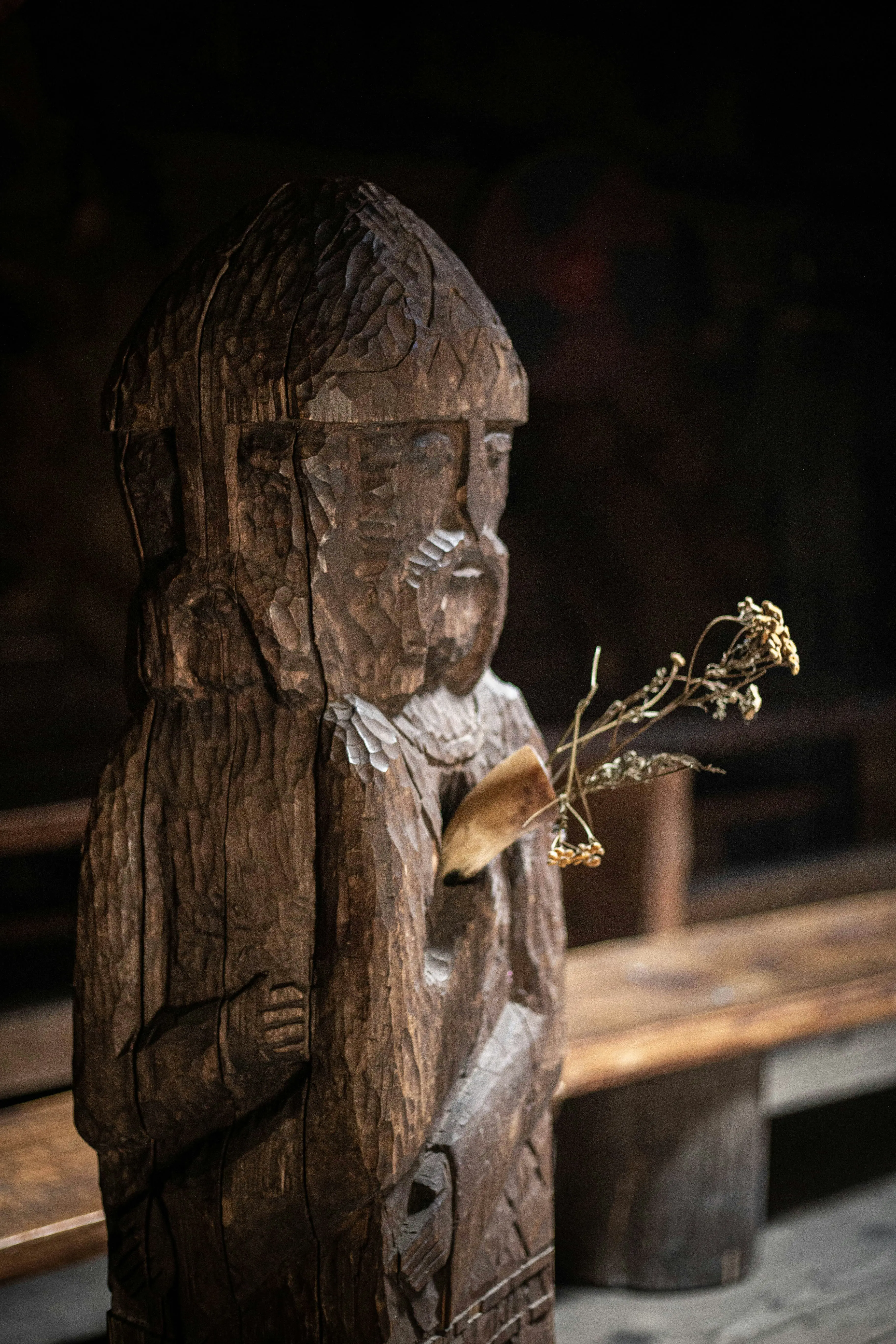Viking Wealth: A Blend Of Raiding And Trading Revealed

A recent geochemical analysis of the Bedale hoard, a collection of silver items discovered in 2012, challenges the common perception of Vikings as mere looters. This study reveals that the Vikings were also savvy traders, engaging in extensive commercial networks that spanned Europe and the Middle East.
The hoard, dated to the late ninth or early tenth century, consists of 29 silver ingots and intricate neck-rings, reflecting a blend of cultural and economic influences in Viking Age England. The analysis shows that while much of the silver originated from western Europe, a significant portion came from Islamic silver coinage, known as dirhams, transported along Scandinavian trade routes.
Dr. Jane Kershaw, an expert in Viking archaeology, emphasizes, "Most of us view Vikings as raiders, but the Bedale hoard reveals a more complex picture. They not only looted but also profited from long-distance trade, importing Islamic silver into England." This insight highlights the town of Bedale's historical significance as part of a broader Eurasian Viking economy.
The research employed lead isotope and trace element analyses to pinpoint three main sources of silver: western European coinage, Islamic dirhams, and mixed sources. Remarkably, nine ingots, nearly a third of the hoard's silver, were traced back to the Islamic Caliphate, particularly modern-day Iran and Iraq. This silver traveled to Scandinavia via the Austrvegr trade routes, before arriving in England.
The findings also reveal sophisticated Viking metalworking practices, with local resources like lead from the North Pennines being used to refine the silver. One notable piece, a large neck-ring, was crafted using a blend of eastern and western silver, indicating local production in northern England.
This study contributes to a growing body of evidence suggesting that Viking wealth acquisition was more nuanced and interconnected than previously believed. While military actions and tribute extraction were significant, they were part of a larger economic strategy involving trade, coin melting, and silver recasting.
The research underscores the power of scientific techniques like geochemical analysis in revealing the intricate economic foundations of Viking settlements and their integration in England.